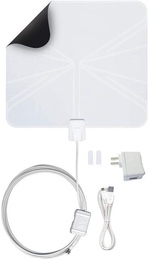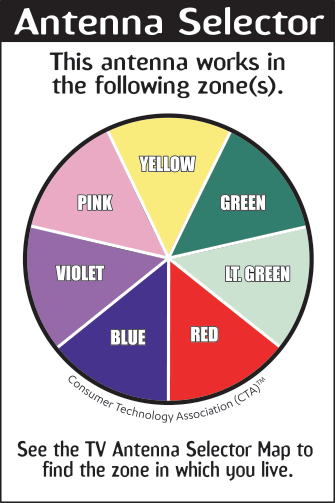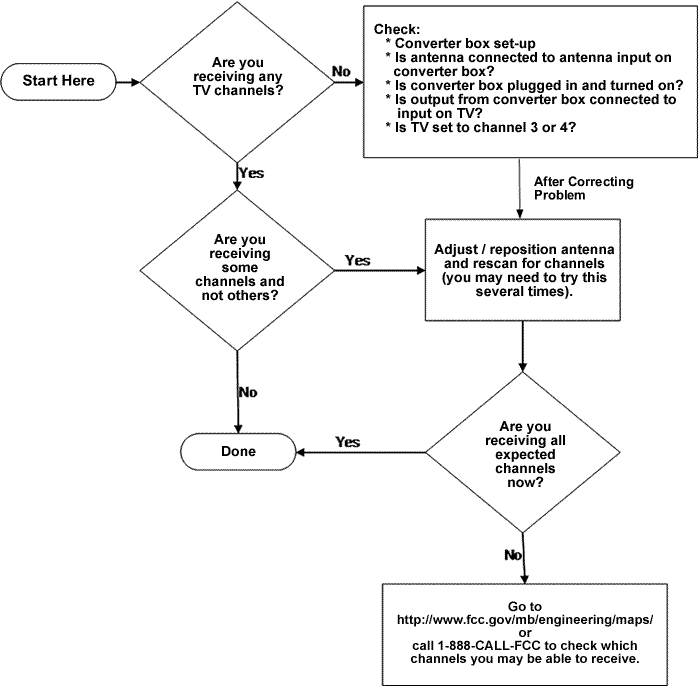Antennas
First let's dispel a myth, there really isn't anything special about a HD antenna. Over-the-Air HDTV can be received by using an ordinary TV
add_alert IMPORTANT: The current rollout of the new ATSC 3.0 broascasting standard could impact service and should factor in your choice of antenna. Read More...
Where possible an outdoor antenna should be chosen over an indoor version. However, if you live an area that has good broadcast coverage, an indoor antenna is sufficient. The typical cost of a high quality outdoor directional antenna is around $50-$100. There are some developments that frown on the use of outdoor antennas, and go as far as to include it in the devlopment's deed restrictions. However, it pays to know your right. Per an FCC ruling, it is illegal to prohibit the use of an outdoor antenna.
Approximately 90% of HDTV broadcasts are on the UHF band, and UHF antennas are a lot smaller VHF ones, so it may not be worth the hassle getting a VHF antenna, A point worth noting is that while combination VHF/UHF antennas are available, they are generally a compromise. You will be sacrificing function in both bands.
Finally, when choosing an antenna another consideration in directionality. Choose a Directional antenna (one that focuses in a single direction) in remote areas where the signal is weak. If the signals are coming from multiple directions, the ideal solution is multiple antennas (yep, also unsightly), or an antenna rotator. In areas where the signal is strong an Omni-Directional antenna can be used.
add_alert Use this tool to check the signal strength in your area.
Pretty Cool! Over-the-Air DVR
The Amazon Fire TV Recast is a DVR that lets you watch and record over-the-air TV with no monthly fees. Watch and record live televison from channels available through an HD antenna. It has 2 tuners that allows you to record up to 2 shows at once. Plus, up to 75 hours of HD programming. Fire TV Recast delivers the most reliable video streams over Wi-Fi of any over-the-air DVR.
Fire TV Recast, over-the-air DVR, 1 TB, 150 hours

 Winegard FL5500A
Winegard FL5500A

